Christmas is a profitable and perilous time of the year for Spain’s barnacle hunters
If you’re into foraging for the wild and rare Spanish delicacy of goose barnacles, it’s now the best and worst of times.
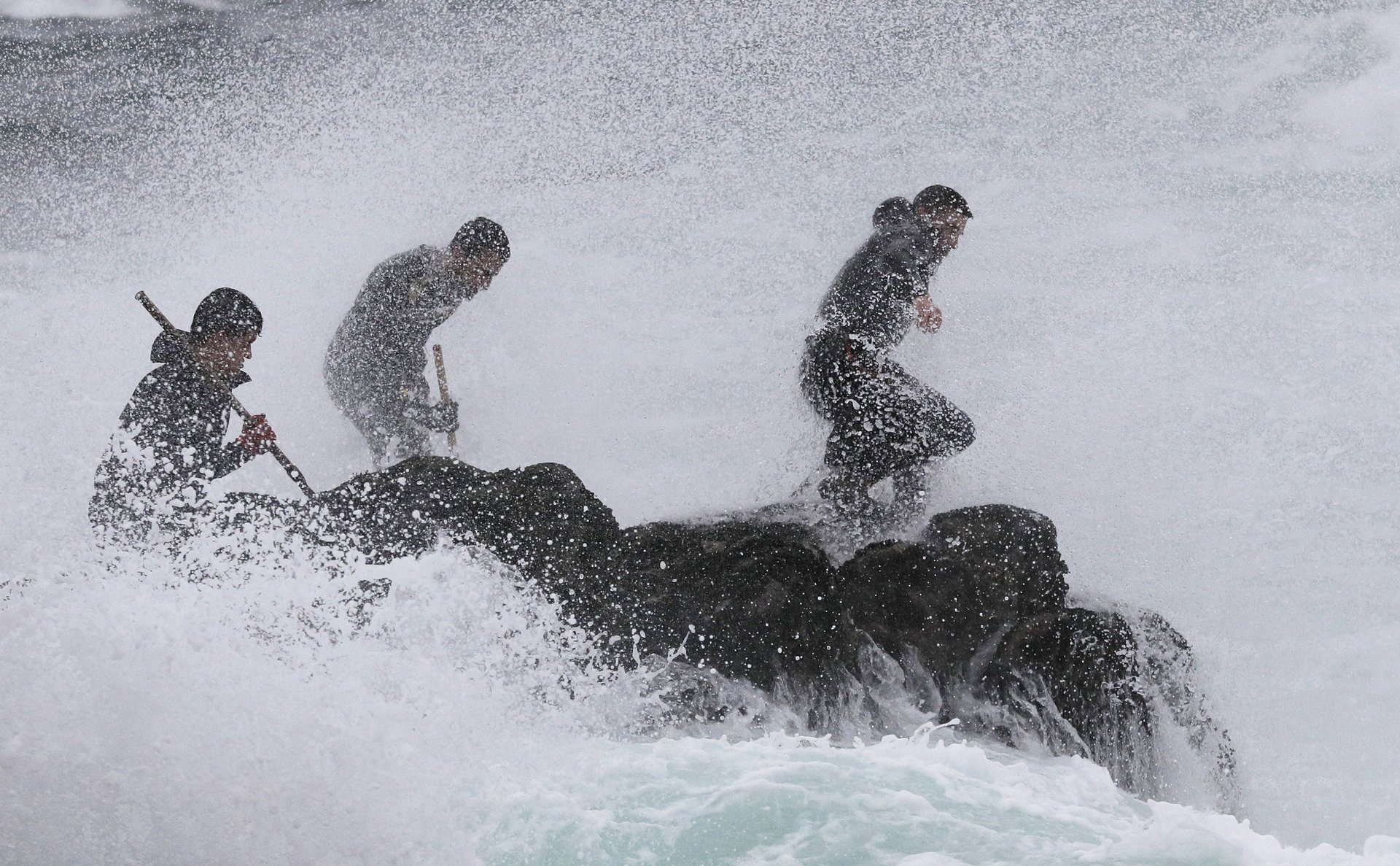

If you’re into foraging for the wild and rare Spanish delicacy of goose barnacles, it’s now the best and worst of times.
Christmastime marks a boon period for harvesters of the barnacles, which skyrocket in price during the days leading up to the holidays as Spaniards seek them out for festive meals.
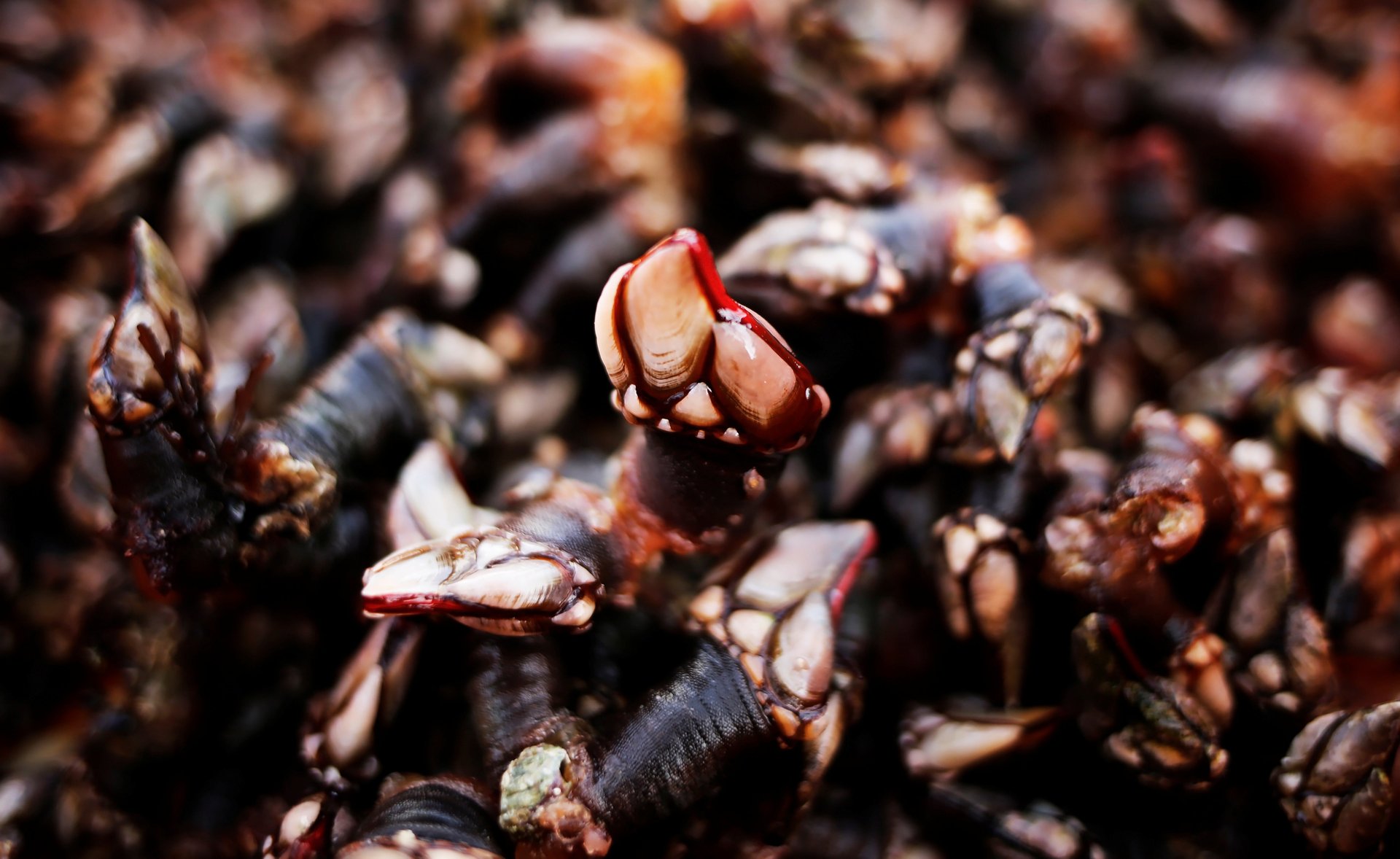
But while some sought-after delicacies that resist cultivation, like pricey white truffles, merely require harvesters to take a jaunt through the forest, those who would turn a profit on goose barnacles must take on a bit more risk.
Photos from Saturday show a few brave foragers braving roaring waves to retrieve goose barnacles off rocks along the coast of Galicia, Spain.
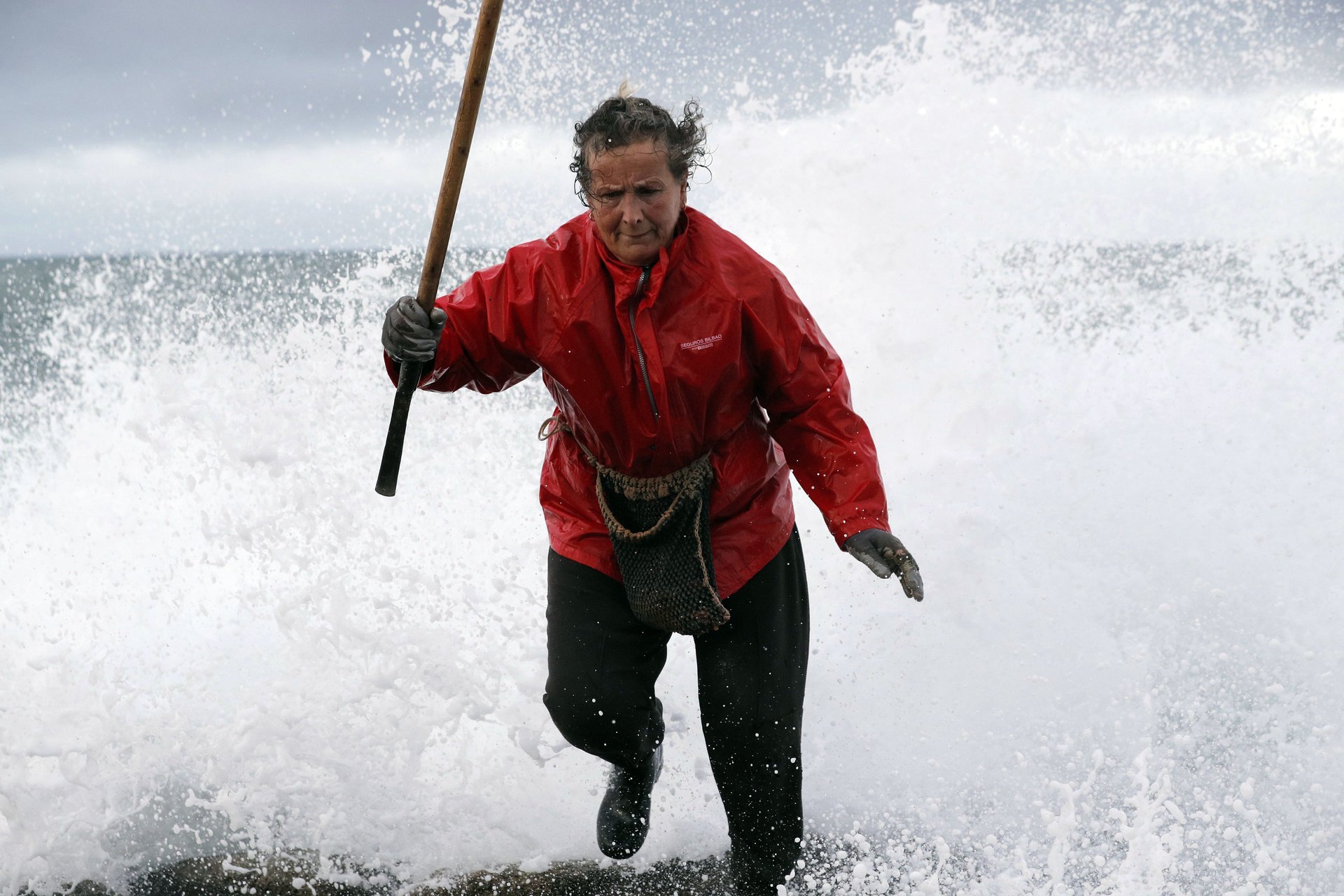

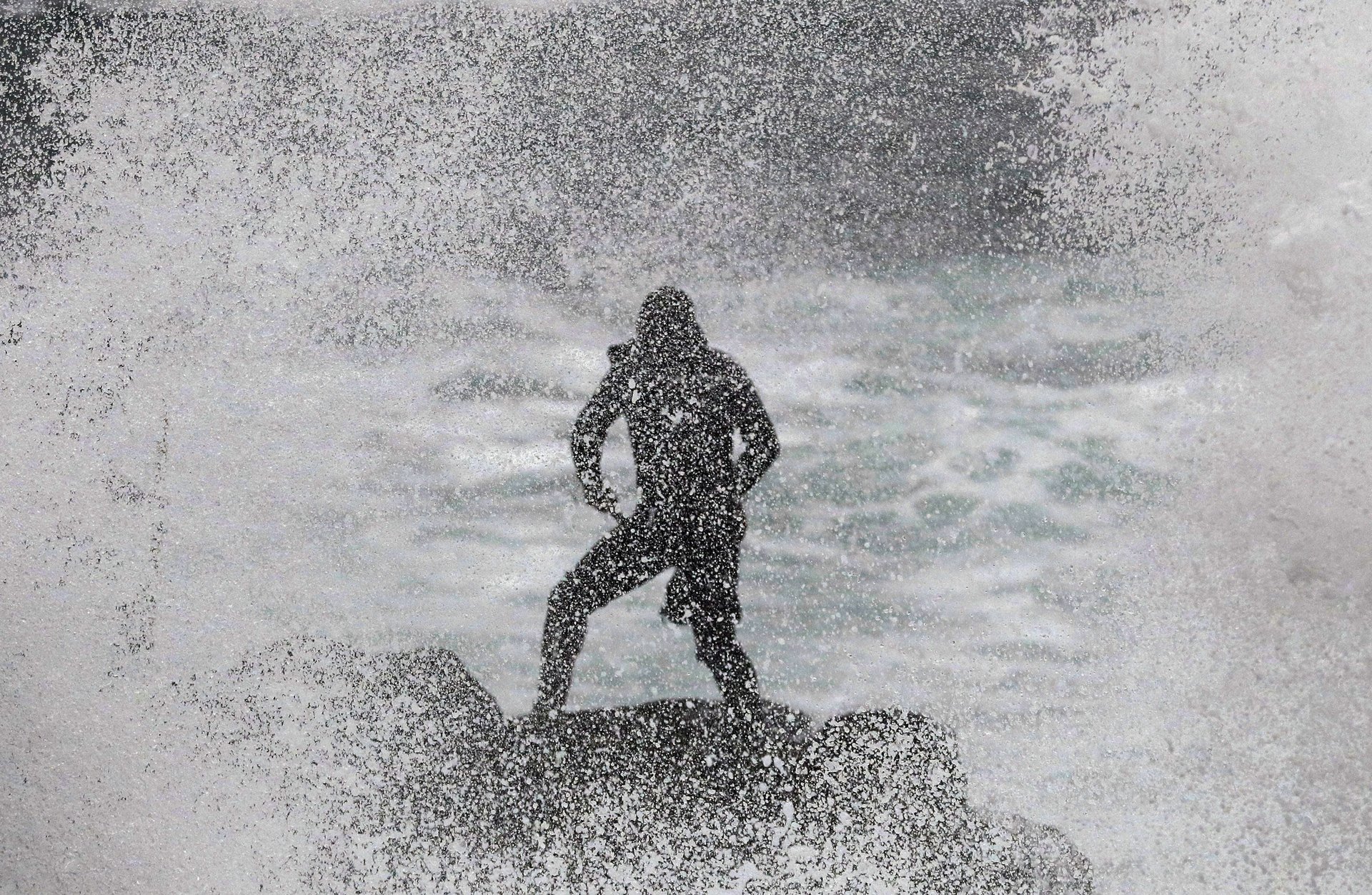
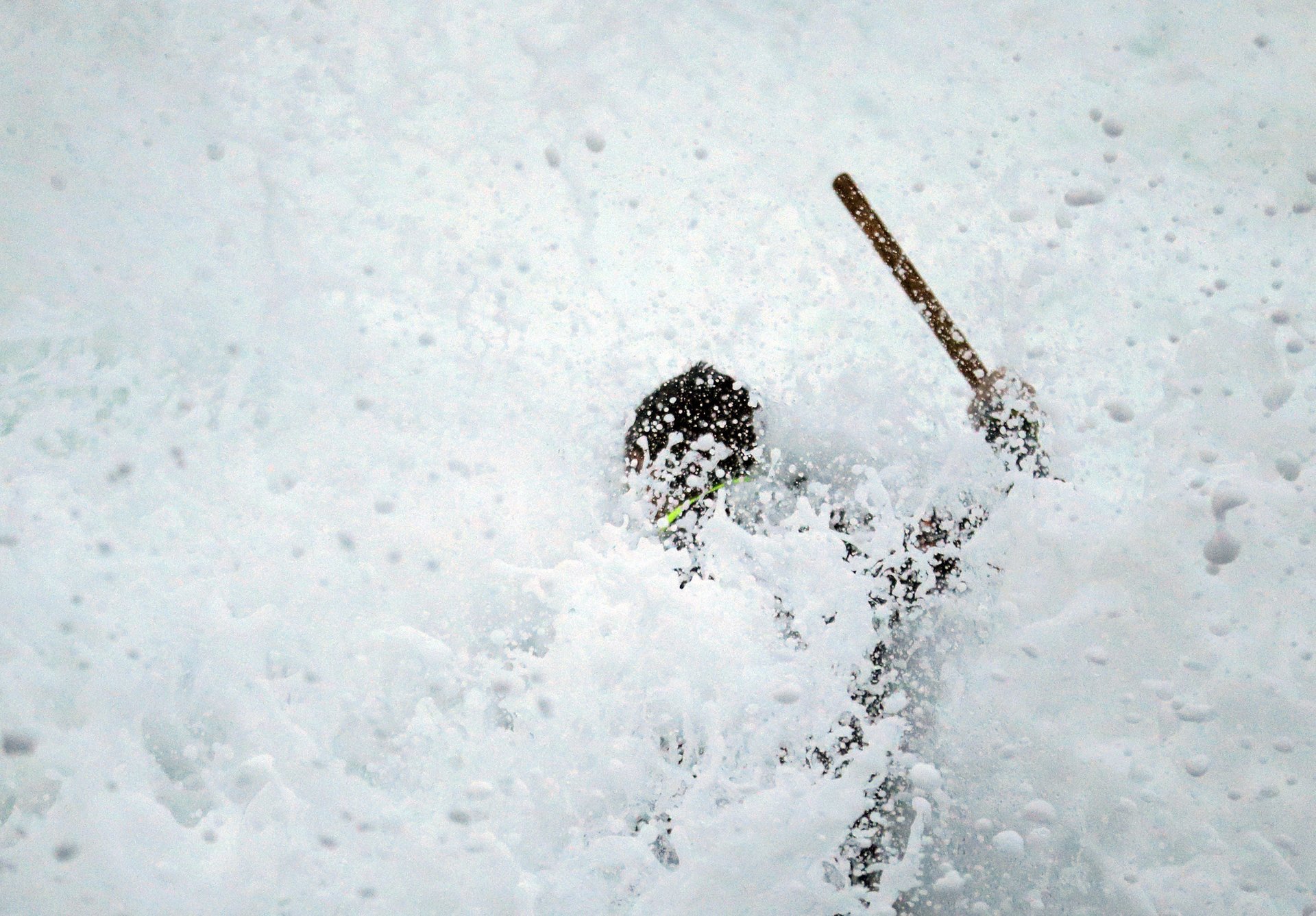
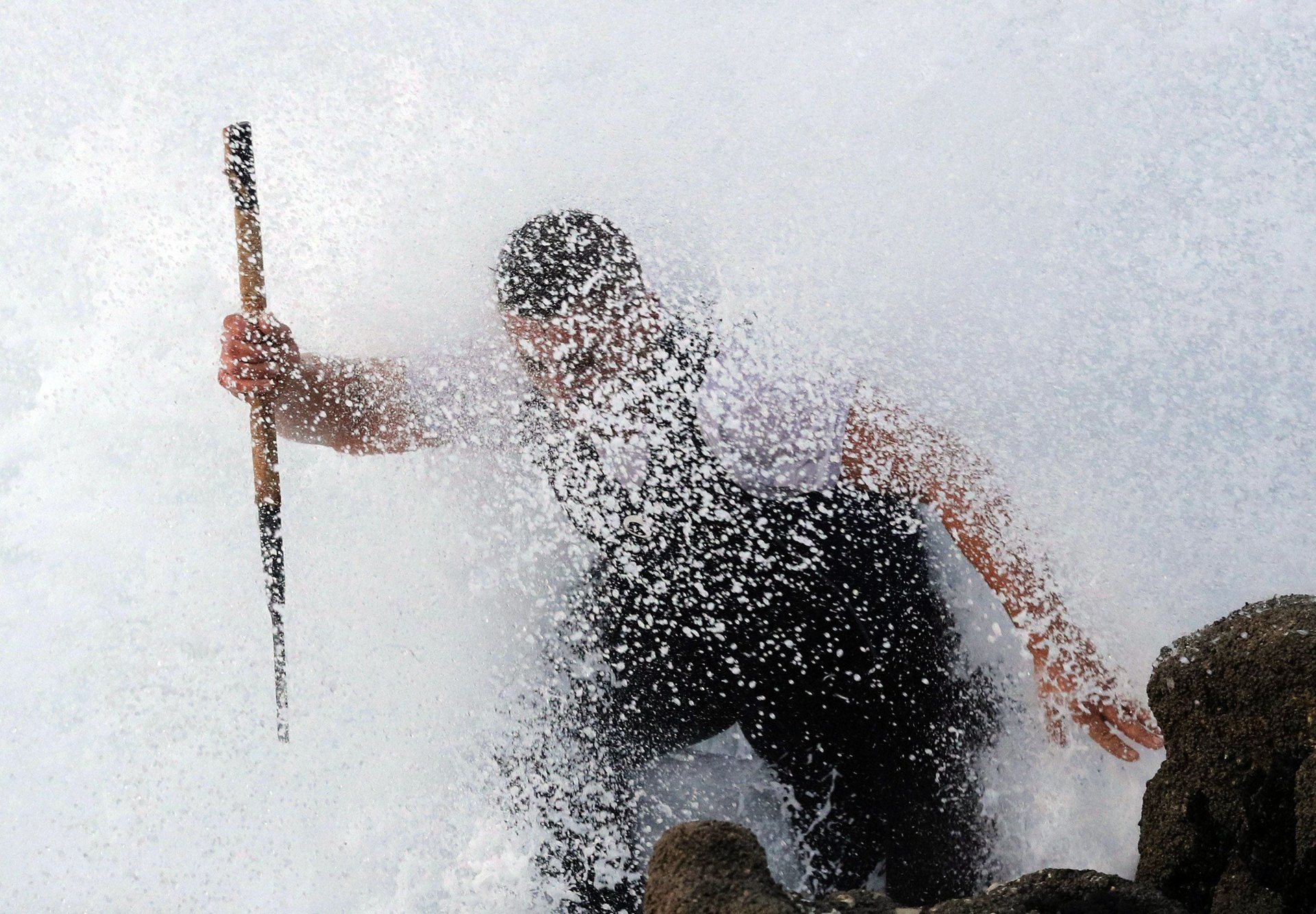
Roads and Kingdoms gave some context to the high prices for these barnacles, which can reach hundred of euros per kilo at auction:
The percebes market is highly volatile, due to the fact that Spaniards eat barnacles at very specific times of the year. Summer attracts people to the coast and barnacles to the plate; the Christmas season brings about the most radical price surges, the market value tripling nearly overnight and provoking risky behavior from the region’s barnacle hunters.
To get their bounty to market, foragers battle dangerous surf and rocky coastlines. A feature in the Telegraph recounts one particularly dangerous episode:
So far their hunt has gone well, but then there is a shout. ‘Moita mar!’ – Look out, high waves! – Rafa calls from above. Cances’s hand is around the safety rope, and he is hanging head down on the rock. He has no time to protect himself. A large wave grabs him and throws him against the rock; the current drags him down immediately. Rafa, whose hands are bleeding, cannot hold the safety line any longer and lets go. Yards of rope glide through his hands. Seconds pass, a lifetime to Rafa, who has turned deadly pale, but then a hand emerges, reaching desperately for a ledge. Rafa pulls his father up as fast as he can. Finally Cances’s feet, too, find a hold on the rock. He shakes off the water like a wet dog. ‘Let’s get on with it before it’s high tide,’ he says to his son, trying to smile.
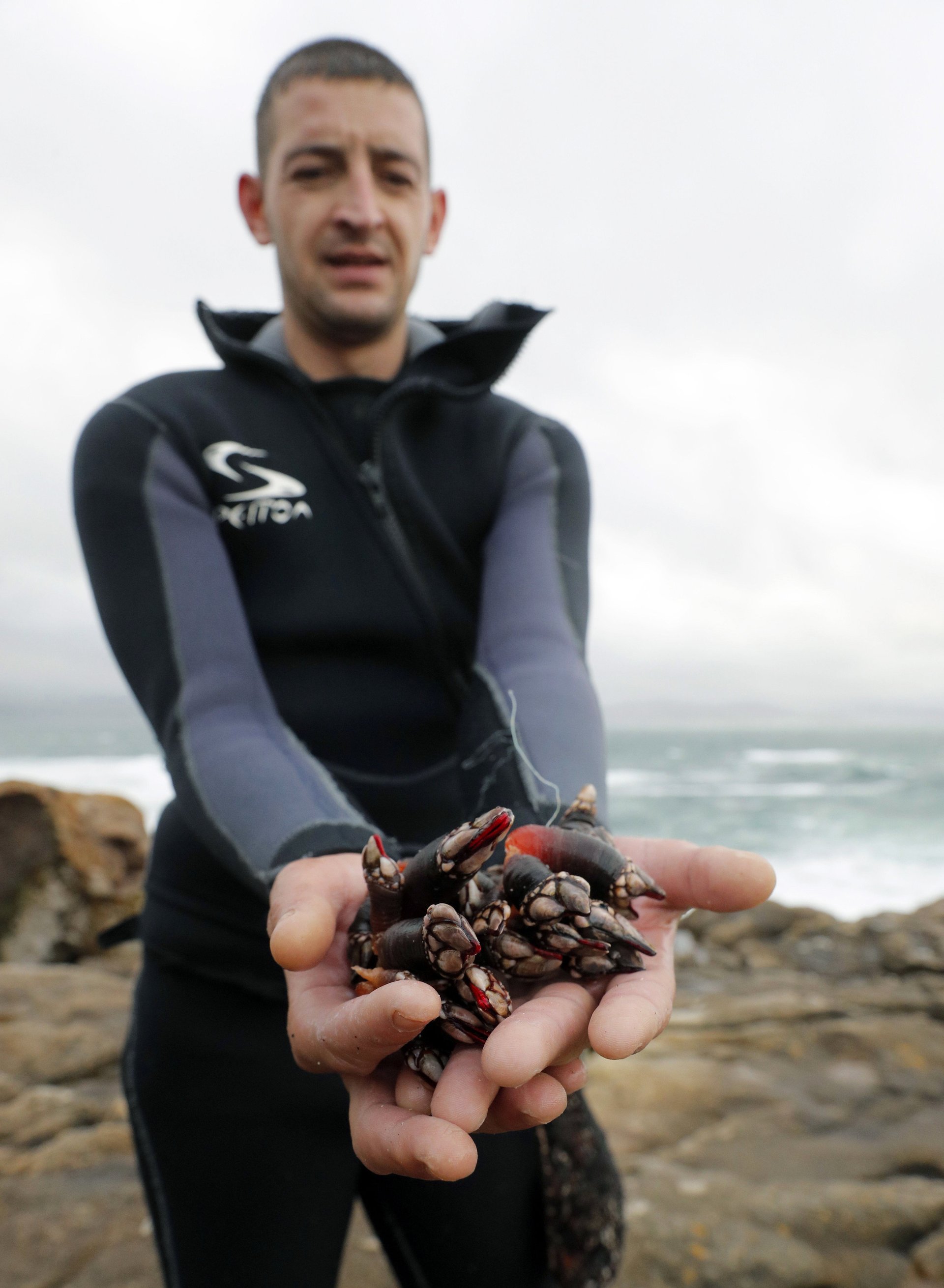
The human labor needed to harvest the barnacles, not to mention the hefty price people pay for them, is startling when you learn that much the barnacle itself in inedible. A tiny sliver of meat hides underneath its craggy shell. Most recipes call for them to be cooked simply – preferably gently in seawater or salt water. Their flavor and texture is described as a combination of lobster and clams.